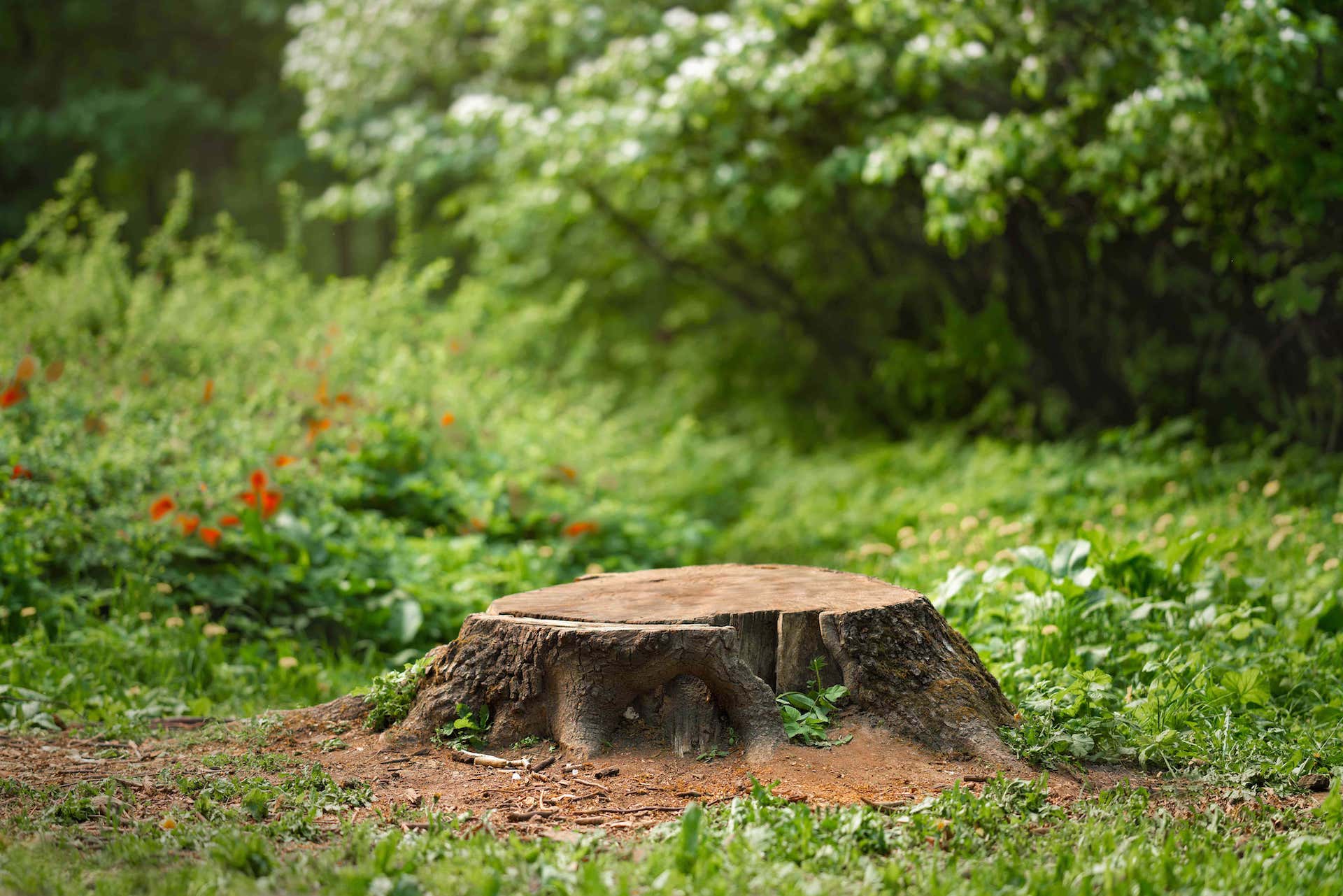
The Importance of Seasonal Tree Inspections for a Healthy Landscape Oct 25, 2025
In the spring, trees burst into life with new growth. This is the perfect time for a professional examination of your trees for any signs of disease or pest infestations that may have developed over the winter months. A spring inspection helps identify issues like fungus, rot, and emerging insect pests before they can spread and cause significant damage. Additionally, spring is the ideal season for pruning trees to stimulate growth in weak areas and remove any dead or damaged branches.
Summer brings a different set of conditions to your trees, including heat stress and potential drought conditions. During a summer inspection, specialists will check for signs of dehydration such as wilted leaves, thin canopies, or general decline in appearance. They can assess whether your irrigation practices are adequate and suggest adjustments to ensure your trees receive the right amount of water. During this time, experts may also look for signs of sunscald or heat damage, which are particularly common in younger trees.
As autumn arrives, trees begin to prepare for the coming winter. Fall is the best time to inspect for structural issues, such as weak branches or root problems that might worsen under the weight of snow and ice. A fall inspection can help ensure that your trees are ready to weather the cold months ahead without breaking under the strain of winter storms. This is also the time to fertilize your trees to provide them with the nutrients they need to remain healthy through the winter.
Winter, while seemingly dormant, is a critical time for tree care. Inspections during winter can focus on planning and preparation. With leaves off the branches, it is easier to identify structural issues that might have been concealed by dense foliage. The winter months are an excellent time to prune certain species of trees, as this is when they are less susceptible to diseases and pests. Moreover, winter inspections can inform you about necessary protective measures for the harshest months, such as wrapping or mulching vulnerable trees.
The benefits of scheduling these seasonal inspections are numerous. Regular checks can prolong the lifespan of your trees by catching and addressing issues before they become severe. This proactive approach can ultimately save money on costly removals or treatments and helps maintain the aesthetic appeal of your landscape, enhancing your property's value and curb appeal.
In summary, seasonal tree inspections are an invaluable tool for safeguarding the health and beauty of your landscape. By partnering with a professional service like O'Donnell Tree and Handyman Services, you can keep your trees healthy and resilient through all four seasons. Don't wait for visible problems to occur—schedule your seasonal inspection today and ensure that your trees continue to thrive.
/filters:no_upscale()/media/14f08c1f-9e2e-411a-8a5b-45cd3018fb86.jpg)
/filters:no_upscale()/filters:format(webp)/media/443304d9-1117-46a0-aa0d-242fed478ba3.jpeg)